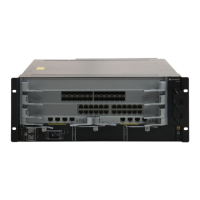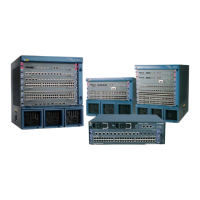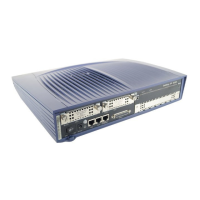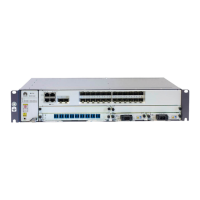1 Class-based QoS Configuration
About This Chapter
This chapter describes the basic concepts of the traffic classifier, traffic behavior, traffic
policy, DiffServ domain, and priority mapping, and configuration methods and configuration
examples of the traffic policy based on complex traffic classification and priority mapping based
on simple traffic classification.
1.1 Introduction to Class-based QoS
Class-based QoS is used to classify packets sharing common features into one class and provide
the same QoS service for traffic of the same type by matching packets with certain rules. In this
manner, differentiated services are provided.
1.2 Class-based QoS Features Supported by the S7700
The S7700 supports simple traffic classification, complex traffic classification, and priority
mapping.
1.3 Configuring Priority Mapping Based on Simple Traffic Classification
After priority mapping based on simple traffic classification is configured, the device maps
priorities of packets to PHBs and colors to provide differentiated services.
1.4 Creating a Traffic Policy Based on Complex Traffic Classification
After the traffic policy based on complex traffic classification is configured, the S7700 classifies
packets according to the priority of packets and quintuple information. Then the S7700 takes
different traffic actions for packets matching classification conditions, such as permit/deny, re-
marking, and redirection.
1.5 Maintaining Class-based QoS
If the traffic statistics function is enabled, you can view and clear the flow-based traffic statistics.
1.6 Configuration Examples
This section provides several configuration examples of class-based QoS.
Quidway S7700 Smart Routing Switch
Configuration Guide - QoS 1 Class-based QoS Configuration
Issue 01 (2011-07-15) Huawei Proprietary and Confidential
Copyright © Huawei Technologies Co., Ltd.
1

